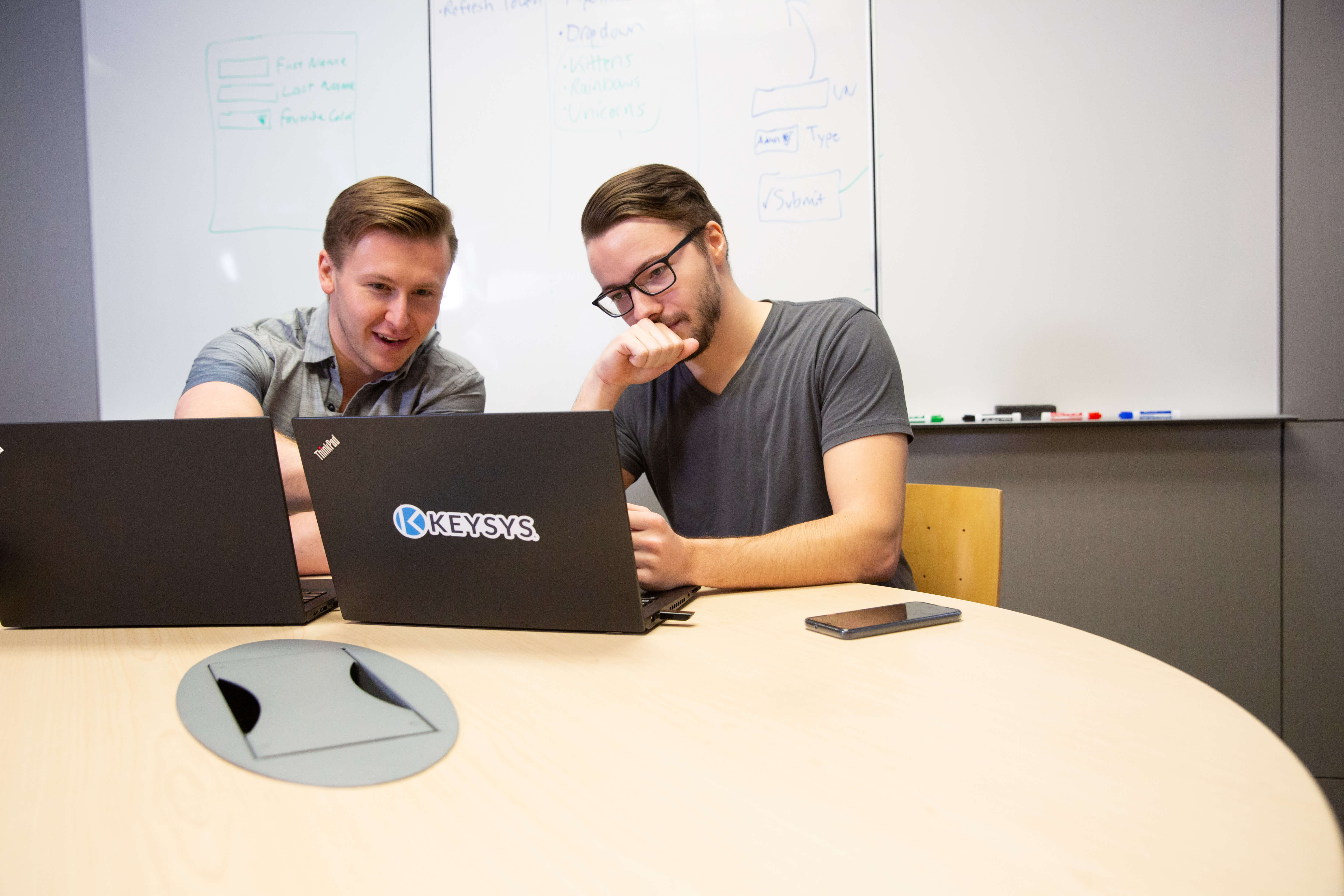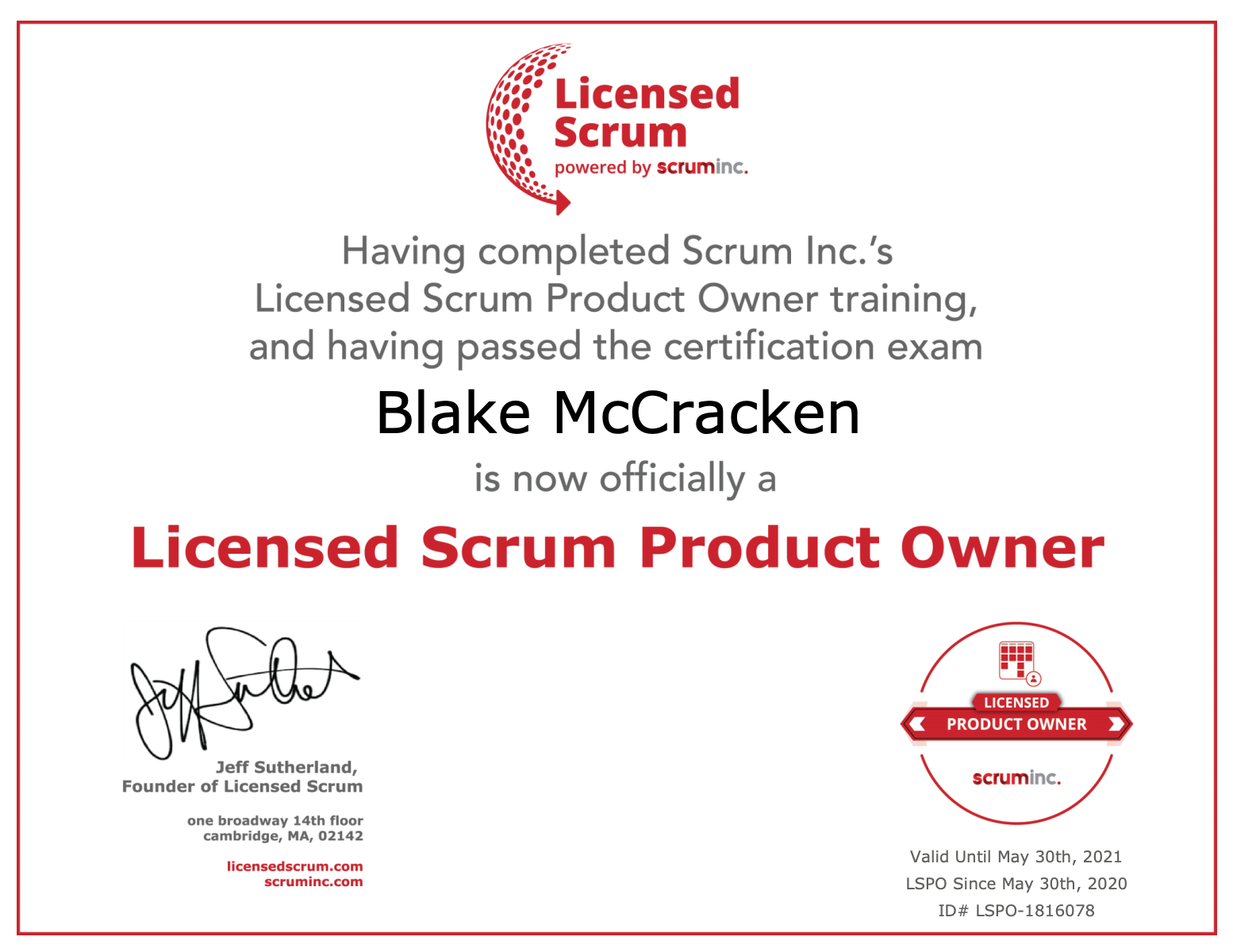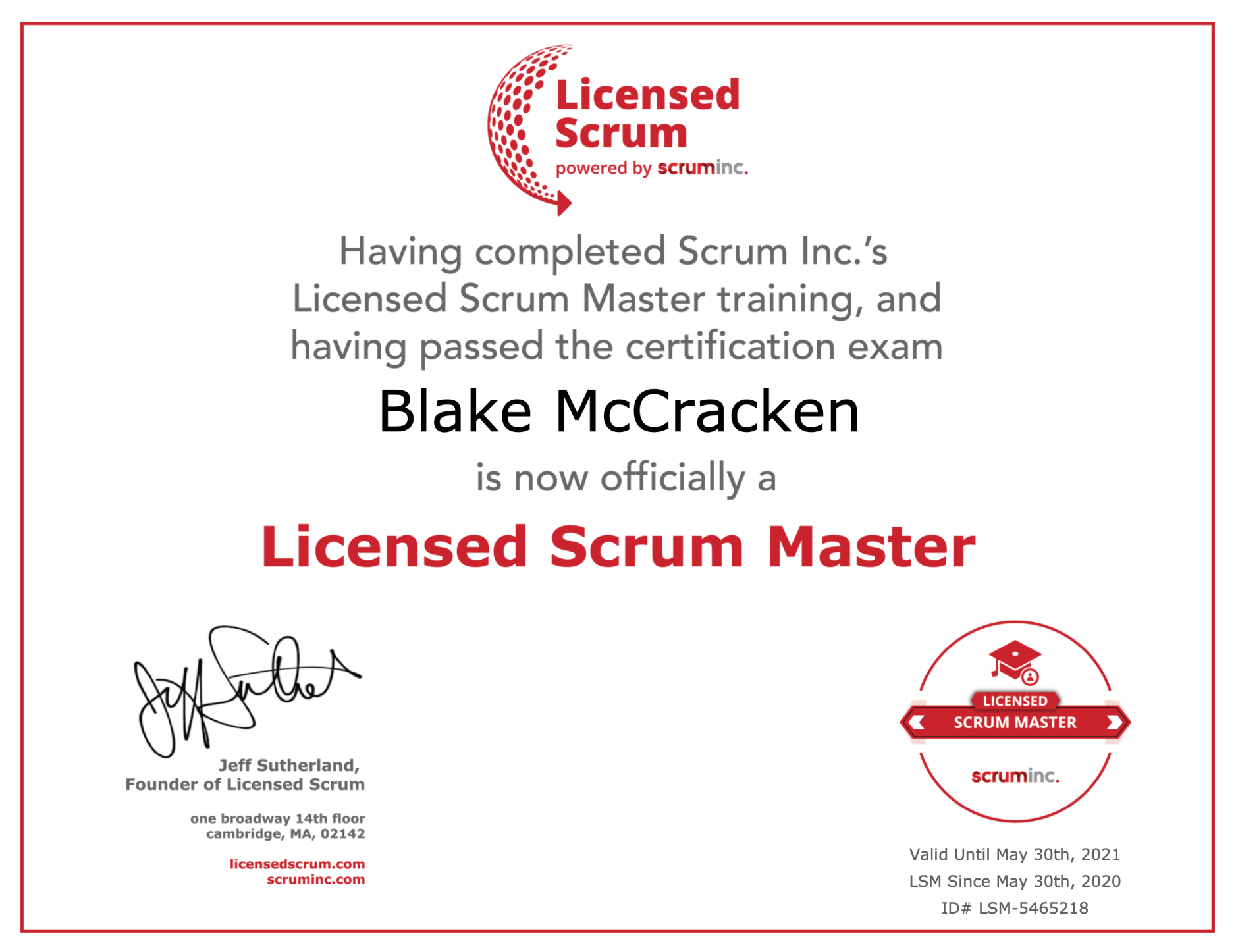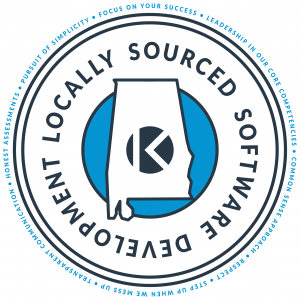At KEYSYS we believe Knowledge & Constant Improvement are key to provide the best experience for our customers and our team. We are all so proud of Blake McCracken for his pursuit to become a Licensed Scrum Master & Product Owner.
OVERVIEW:
I recently received both a Licensed Scrum Master (LSM) and a Licensed Scrum Product Owner (LSPO) certification through a local Scrum boot camp.
The half-day classes took place over 5 days through Zoom calls to provide everyone with an all-virtual approach due to COVID-19.
The course consisted of both content and activities to help drill in Scrum values and principles. While the majority of the content was covered in the class, there was some homework required to fit in all the information. We were put in small teams to simulate being in a Scrum team — taking on roles as either the Product Owner (PO), Scrum Master (SM), or as a part of the development team.


3 KEY TAKEAWAYS:
1. Openness and Respect
There are 5 values in Scrum (Focus, Openness, Commitment, Courage, & Respect). I personally love these two because they perfectly reflect my ideal workplace. Being open and respectful creates an environment where you can rest assured no team member is holding back valuable feedback. It also means there should be no hesitation in voicing your own opinion. Knowing that these are core Scrum values means I can hold any team accountable to abide by them if they claim to practice Scrum.
2. Quick Estimations
First of all, never use time-based estimations. You never know what interruptions you’ll run into, so stop trying to estimate in units of time. Story points should be arbitrary. The best way to do estimation starts by picking a reference point. So, pick a user story to use as a reference. From there, estimate against that reference. Here’s the key, don’t spend too long. Without any influence from others, each team member should pick a Fibonacci sequence number (1, 2, 3, 5, 8, 13, 21, and so on) and present it simultaneously with his or her team. If the min and max are outside of three Fibonacci sequences, go again. If the team can’t reach a consensus, just take the average and go with it. Pick something and get moving.
3. Continuous Improvement / Kaizen
The real goal of Scrum is to continuously get better. In each sprint, the team should pick an item that will go at the top of the Product Backlog and serve as an experiment to get better. Pick one thing, and give it a shot. Then, next sprint, try something else. This falls in line with the ideology of Scrum. Sustainable, small steps, always getting better.
Kaizen is the Japanese term for “improvement” or “change for the better”. It’s an idea that is used when approaching processes in manufacturing, production, engineering, management and the support of other business procedures.
OUTCOME:
The course taught me a lot and helped change my perspective on engineering.
The Scrum team is composed of equal parts that come together to make one whole unit. Each member has an equal role to play that serves as a kind of check and balance on the others. (As a developer, I know that I am in charge of how the work gets done, but I know that the Product Owner is in charge of what work gets done.)
By simply knowing what the values are at the heart of Scrum, I can hold my organization accountable for withholding them.





